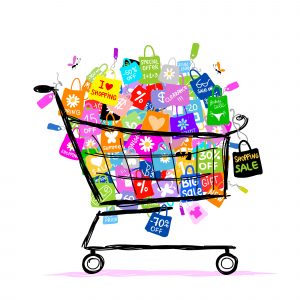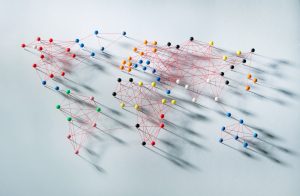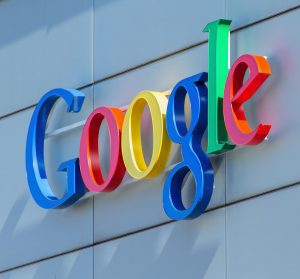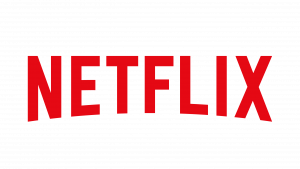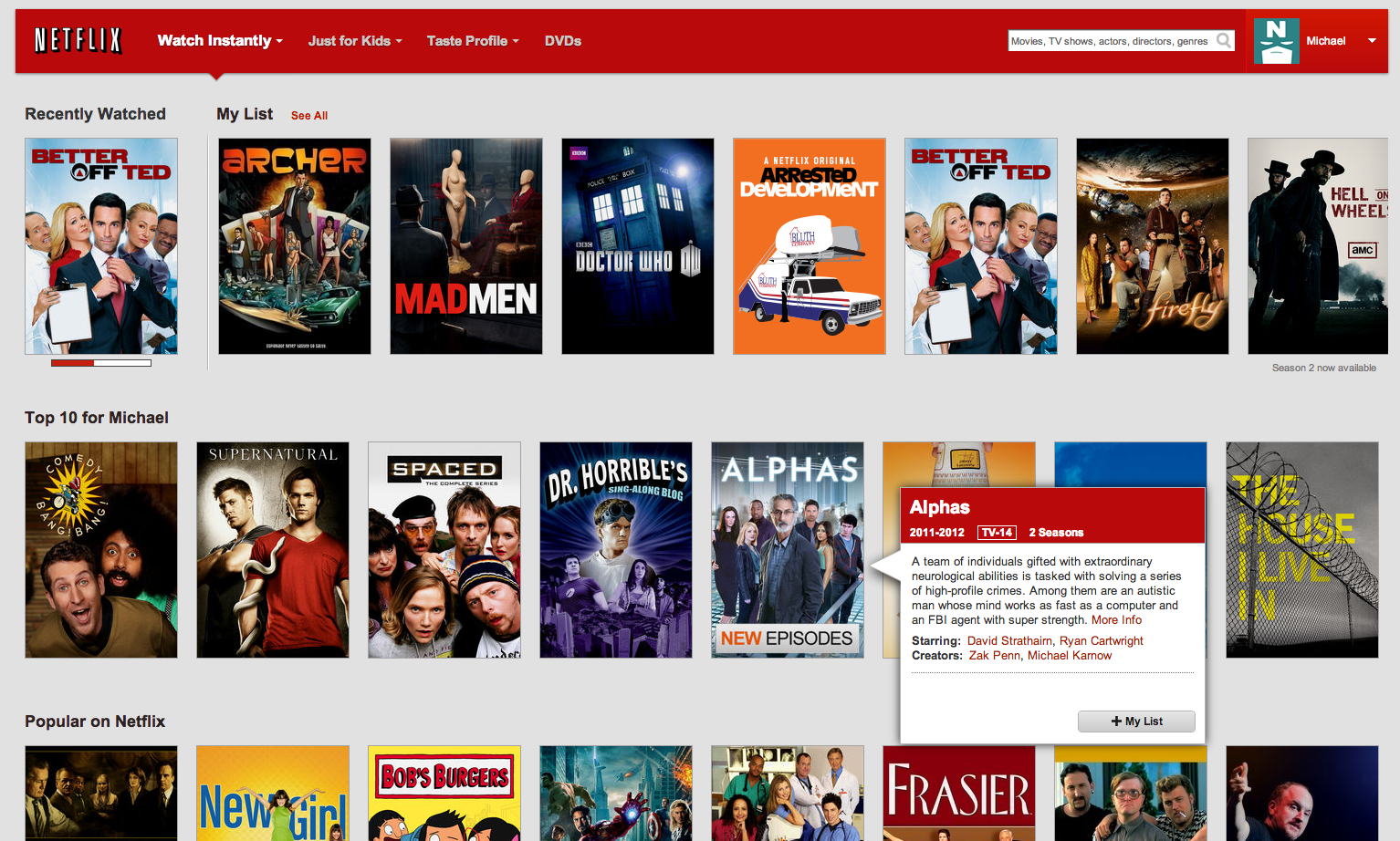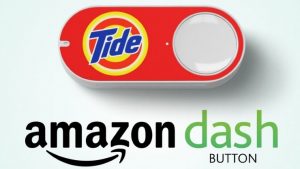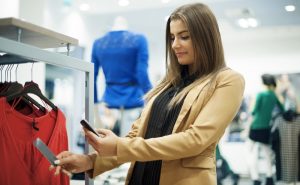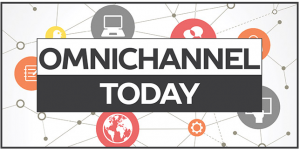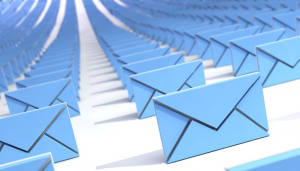Big box stores, supercenters, megastores. It doesn’t matter what you call them, the massive size of these retail giants is enough to send people into awe.
Their space isn’t limited to storefronts and warehouses either, which is good since foot traffic is constantly getting lower. To their benefit, the ever expanding digital marketplace has allowed these businesses to grow on another level, leading to new opportunities for marketing and personalization.
McKinsey found that 17% of consumers value the customer experience compared to 24% who care most about the prices. With competition increasing steadily as companies find new ways to increase brand loyalty and strengthen the customer experience, personalization has become more important than ever.
Personalization Incorporated
The techniques for personalization in retail chains don’t differ significantly from other markets. Companies will find ways to increase subscriptions, social media activity, and web page interaction in order to raise brand awareness, collect information, and personalize the experience.
There are two trains of thought when it comes to personalization for these retailers. Both are acceptable focuses, but when prices are as low as they can get, the company that offers the better customer experience is the one that can integrate the two.
The first is the use of variables. Businesses will study marketing trends to see which ways they can capitalize. These can include purchase history, shopper behavior, and interests. Businesses can guess at what customers will buy next and tailor advertisements and deals towards that.
The second are the constants. Rather than focusing on the marketing trends, this style focuses on the guaranteed information collected from customers. This is personalization based off name, age, location, and other unchanging facts. They’re simple, but give a different insight into a customer’s potential purchases. This information lets companies highlight deals and events at specific locations that would meet their needs. A sixteen year old girl could get an email about a back to school sale at her local store.
Companies that correctly use the omni-channel personalization strategies are able to pull all of this information from different places and organize them into one cohesive plan.
Omni-channel Issues
Big box retailers have a lot of struggles when it comes to personalization. It’s difficult to track the purchases and preferences of individuals who enter the store. There’s no data that can be held. Compared to a mom and pop shop where the staff knows your name, it’s more harder to direct Jerry to the products he always buys.
Because in-store personalization is all but impossible, retailers focus on the digital side of marketing. Unfortunately, attempts at predicting recommended products falls short due to troublesome programming. The Harvard Business Review reports that predictions for products are becoming so absurd that companies are creating more generalized algorithms in order to reach customers.
When a customer purchases a sleeping bag through Amazon, they’re more likely to be recommended another sleeping bag rather than camping accessories. The algorithms can’t take into account that a person generally only purchases one at time.
Also, the data held isn’t used to it’s fullest. If a customer buys large t-shirts every month, he’s still getting recommendations for tank tops and sweatshirts, rather than capitalizing on the purchase he’s going to make. The customer doesn’t get a better experience through the purchase, he gets the same as everyone else.
Lastly, the Harvard Business Review also found that shoppers would appreciate the ability to customize rather than have the business personalize the experience for them. This is largely due to the failed attempts at personalization by big box retailers.
Their poll showed that 42% of online shoppers claimed to have seen no benefits from site personalization. Nearly all claimed they would prefer to customize the experience themselves than let the business do it for them.
Against these facts, personalization is still a vital piece to creating a better user experience. The issue is that it needs to be done correctly, especially by businesses that are focused outside of the digital realm. For most of these companies, it means going mobile.
All of these companies have had their own issues but continue to provide better experiences due to personalization. By using omni-channel strategies, they can pull information seamlessly to engage customers. They all use social media and they all have websites that offer accounts. The piece that separates them is how else they get information and how well they can put it into play.
Walmart
In 2013, Walmart identified the need for a more personalized shopping experience. It took two years of development, but in 2015, they launched a new app, specifically designed for tablets and phones to surf through Walmart.com.
Bao, Nguyen, a spokesman for Walmart claimed, “During Black Friday we sold about 1,000 tablets a minute.”
Trusting that customers purchasing through them would do so again, Walmart focused on those users to create a personalized shopping experience.
On the application, customers are given recommendations based off their purchase history. They’re given discounts and notifications for deals, as well as advertisements that meet their interests.
Walmart also took the opportunity to integrate their actual stores by sharing local rollback deals and discounts. This benefited Walmart as a whole, but also helped the individuals stores maintain customers.
Walmart is also changing their focus to smaller stores. With Walmart Express, and Neighborhood Market Units, the shopping experience will be tailored more towards the customer’s requirements, personalizing the experience on a more general level.
Target
Target was also fast to jump on the mobile track in order to better their customers’ experience. In 2014, they acquired Powered Analytics, a start-up, in order to provide a more personalized manner of shopping.
With the app, customers can search for an items and get instant information on where to find it inside the store. It creates a faster way to shop and reduces the amount of time employees need to assist shoppers.
The app also offers personalized discounts and deals based off the items they’re searching for. This not only gives the customer more options before buying, but it lets Target push stock that isn’t moving as fast.
Target also has the option of customers using a loyalty card. The RedCard offers a 5% discount on all Target purchases and is directly tied to a debit card of the customer’s choosing.
Customers who use the card are required to sign up on their website, providing their information for access and management of the card. Having them on the site, with the information, allows Target to personalize online shopping. Because purchases are made with the RedCard, they’re tracked through the transactions, giving insights to types of products and rate of activity.
Different from others, however, is the 5% discount that attracts more users of the card. Loyalty programs are offered by nearly every major business today, but very few offer such strong discounts.
Target is using the same tactic as Walmart, aiming at smaller niched stores.
Nordstrom
In 2011, Nordstrom purchased HauteLook, a website that centers on flash sales. With it, they were able to develop new techniques of getting people into the store. Customers could buy what they wanted off HauteLook and, should the product not be to their liking, they could return it to Nordstrom stores.
At the stores, the employees, who are all selected based off their ability to nurture relationships, take note of the item. They help the customer with the return and then recommend what items they think might interest them. If the customer shows interest, the employee will walk them directly to the item, giving them a personalized experience they’ll remember.
On the application side of the house, Nordstrom uses Beacon’s location based technology, to promote their products. Customers’ location is tracked, and when they near a store, the application sends recommendations and deals to the user.
Furthermore, the app lets customers shop on their phone and see exactly which products are in local stores, down to the size and color. This grants customers the ability to go into the store, try on the clothes, and potentially buy other items they weren’t planning on. It’s all possible because collection of their location.
The app also sends custom advertisements that are personalized to their interests. More impressive, though, is what they intend to do.
If the stars align, Nordstrom hopes that, through RFID, employees can be transmitted the interests and digital shopping cart of their customers. This would allow them to assist the customer on a truly personal level.
Nordstrom dives further into the application marketing trend with TextStyle. Customers can get recommendations from live representatives or personal shoppers that are sent to their phone. If they like the item, they return the word ‘buy’ and enter a code specific to them. The transaction is processed through their online account with Nordstrom and the product is delivered. This one-on-one personalization is another reason why Nordstrom is one of the market leaders in big box retail.
J.C. Penney
While J.C. Penney may not be able to live up to Nordstrom’s application personalization, they do add their own fixes.
The apps allow for wedding and baby registrations to link with their online account. Users will receive emails with other recommendations based off the products in the registry and, since they’re not paying for them, are more likely to add them to the list.
Through their location based services, J.C. Penney offers discounts for in-store check ins. Along with their store finder for over 1,100 locations, they’re offering a way to tailor discounts and recommendation to the customer.
These companies have found some different ways to capitalize on personalization and continue their growth. The usual marketing trends aren’t enough for these corporate giants and they’re forced to continue to develop new methods to gain and keep customers.
These are the companies leading the marketing world and their personalization of your shopping experience is going to continue to become better as they branch deeper into the field.

